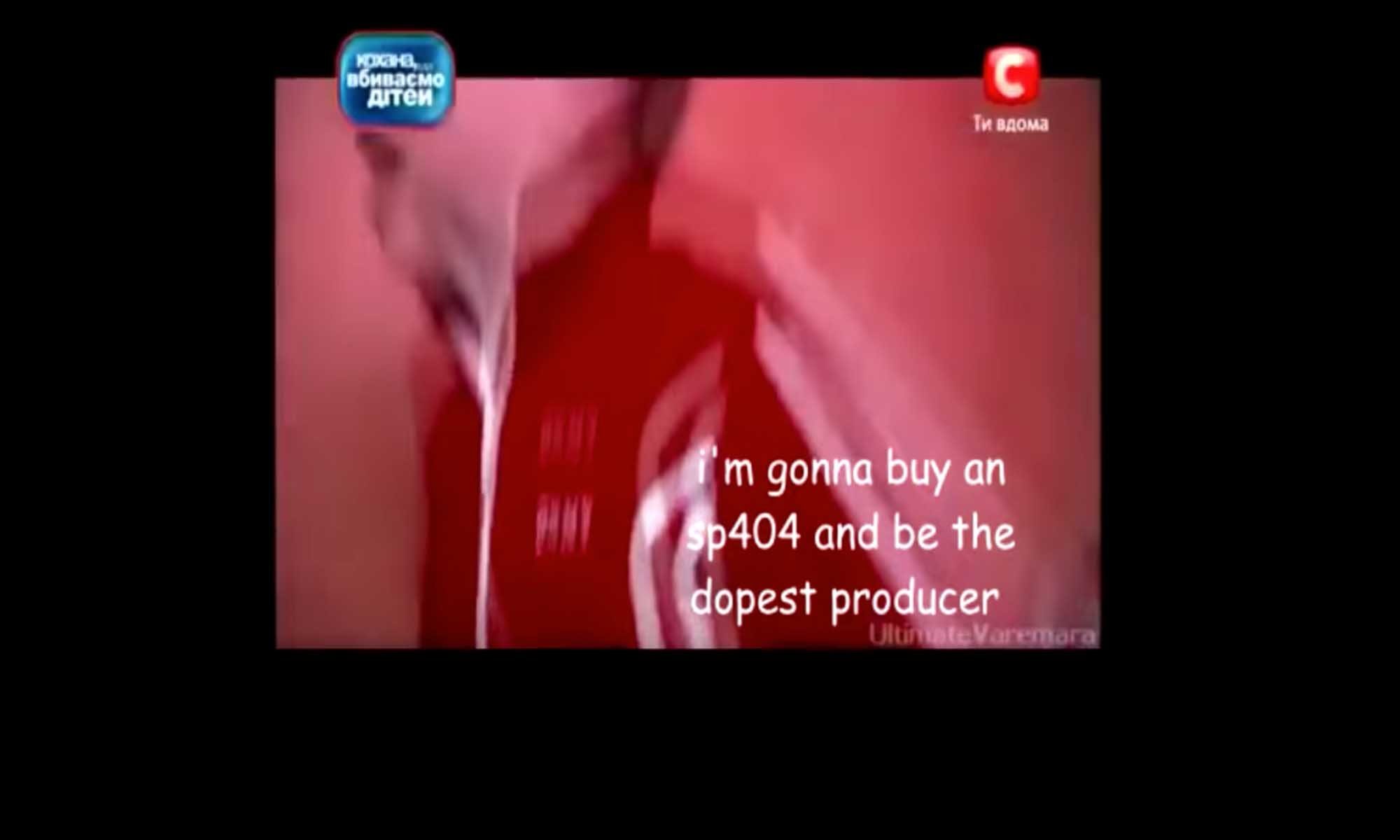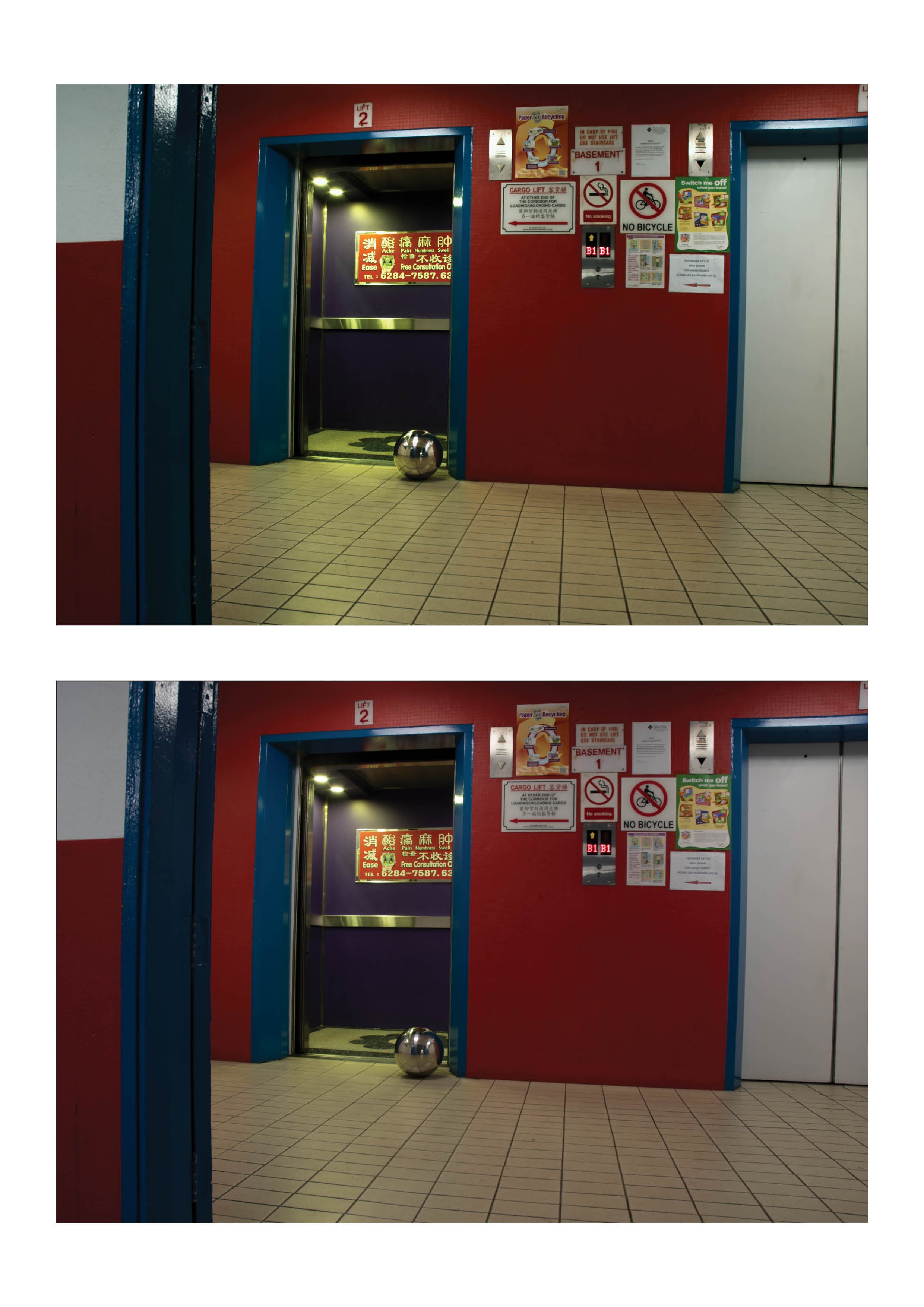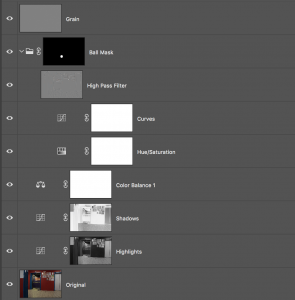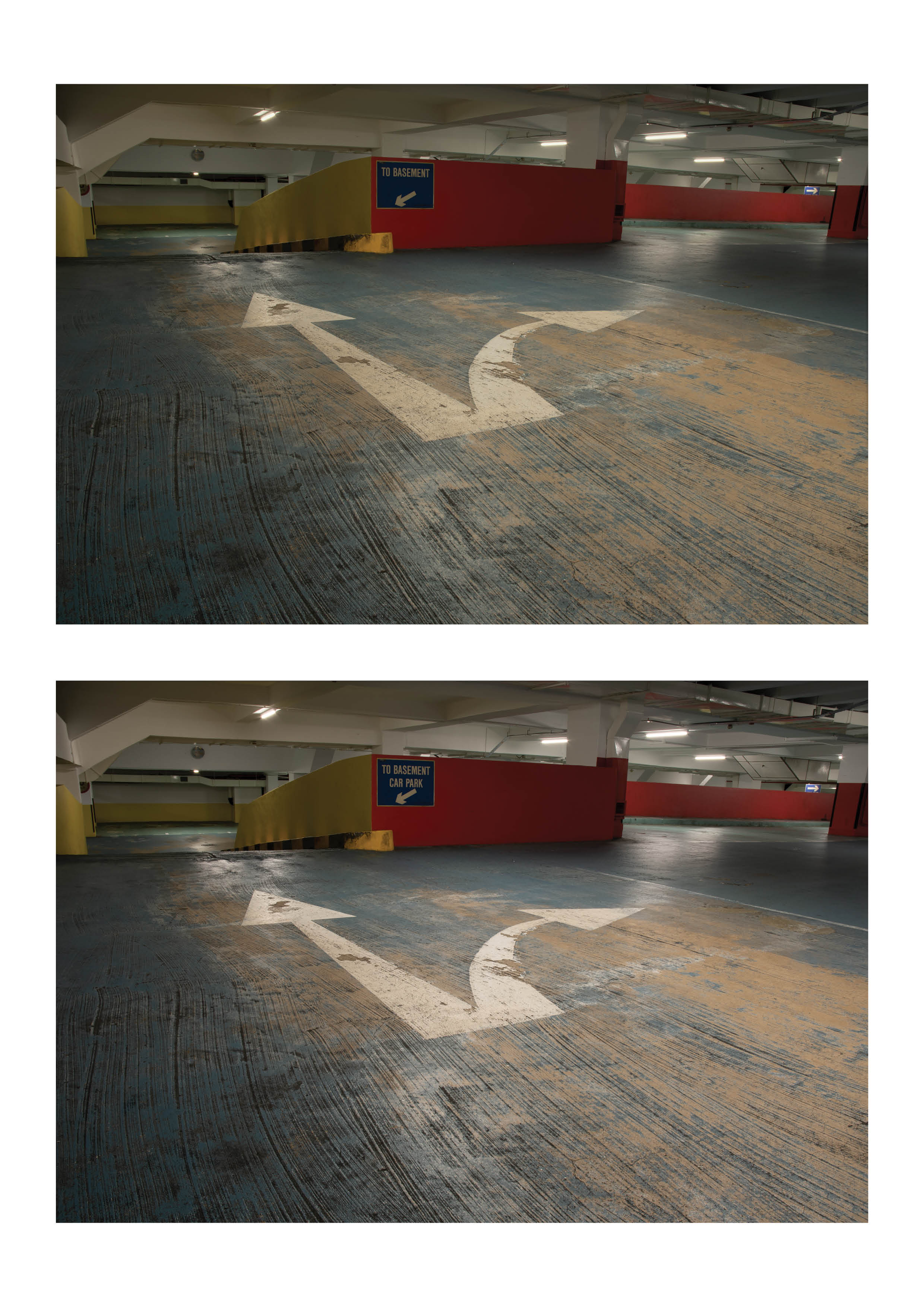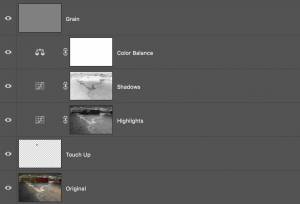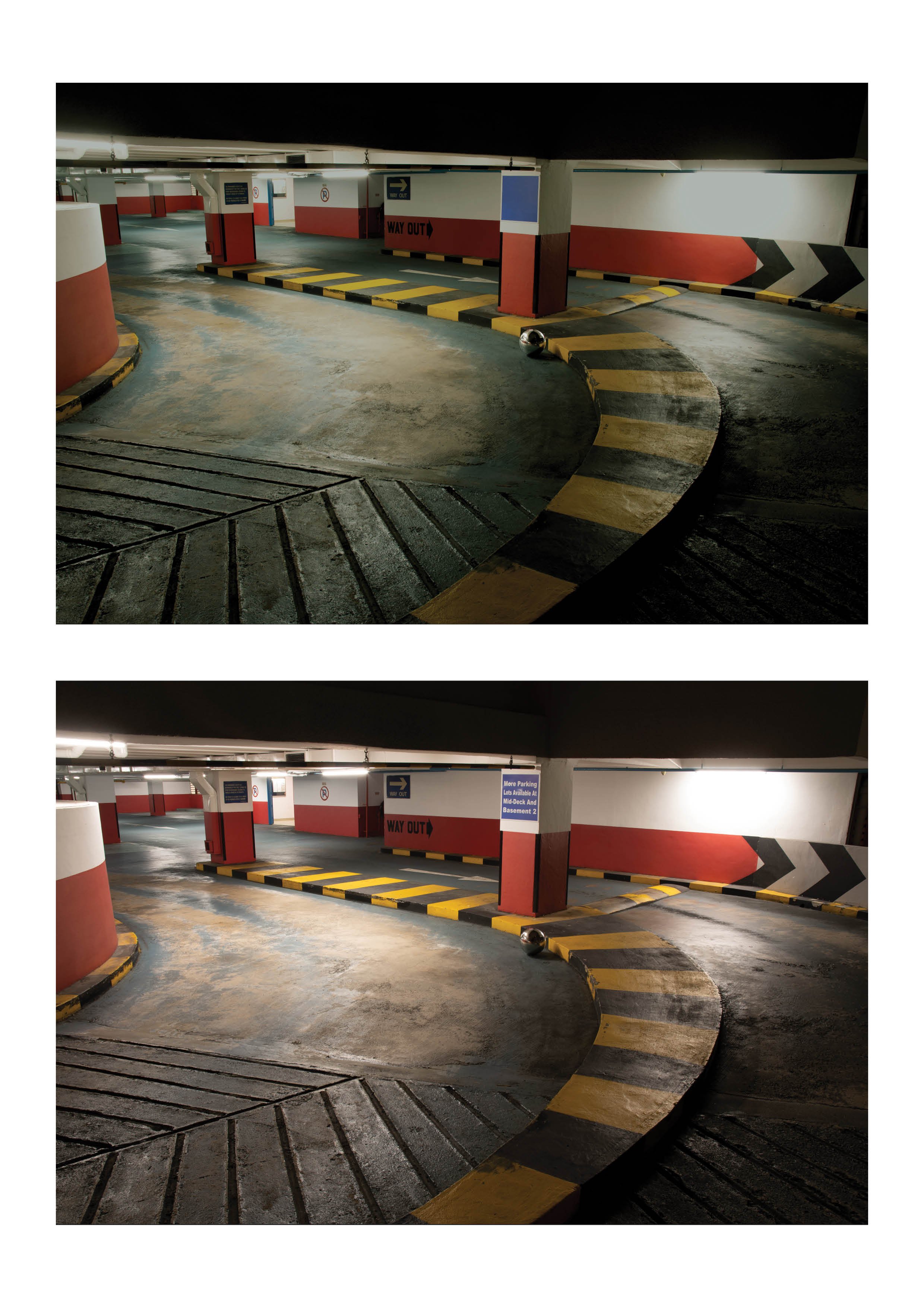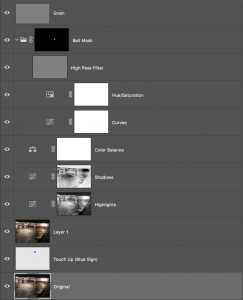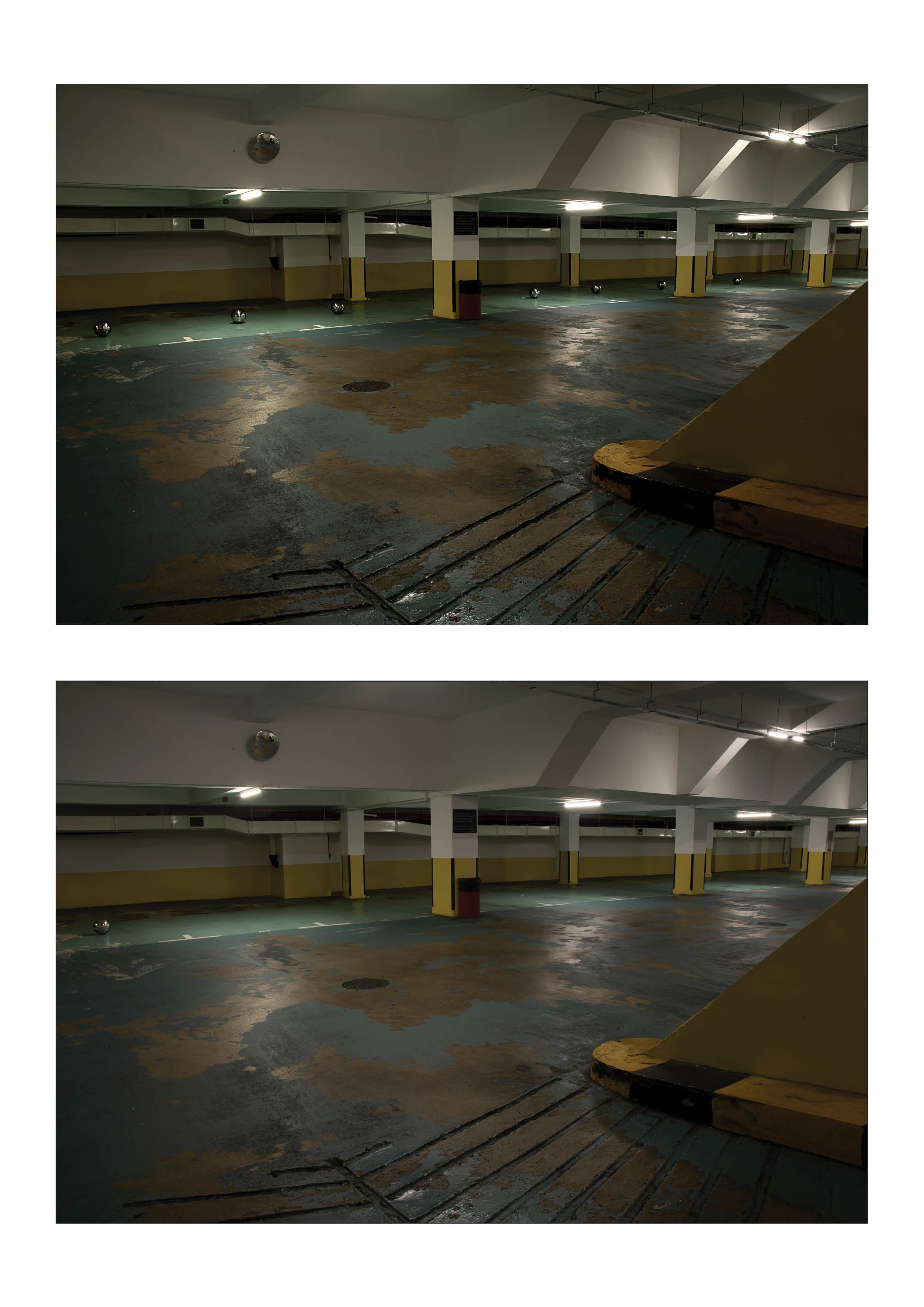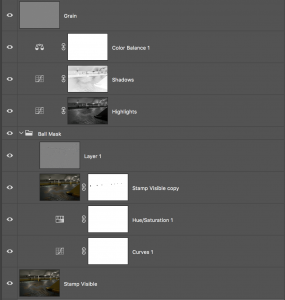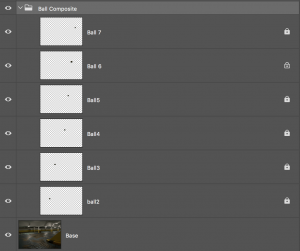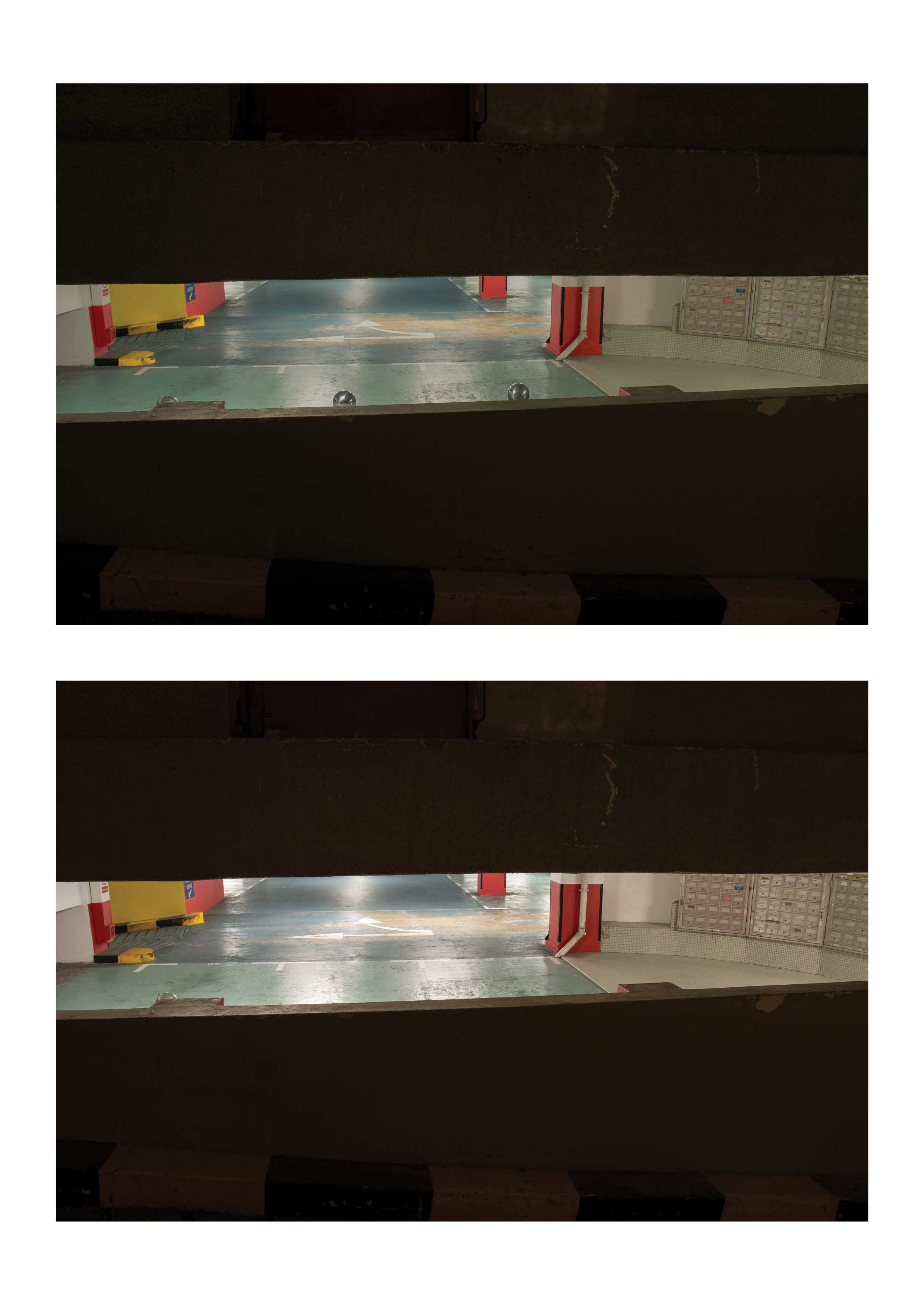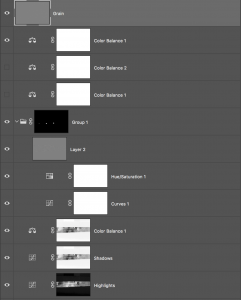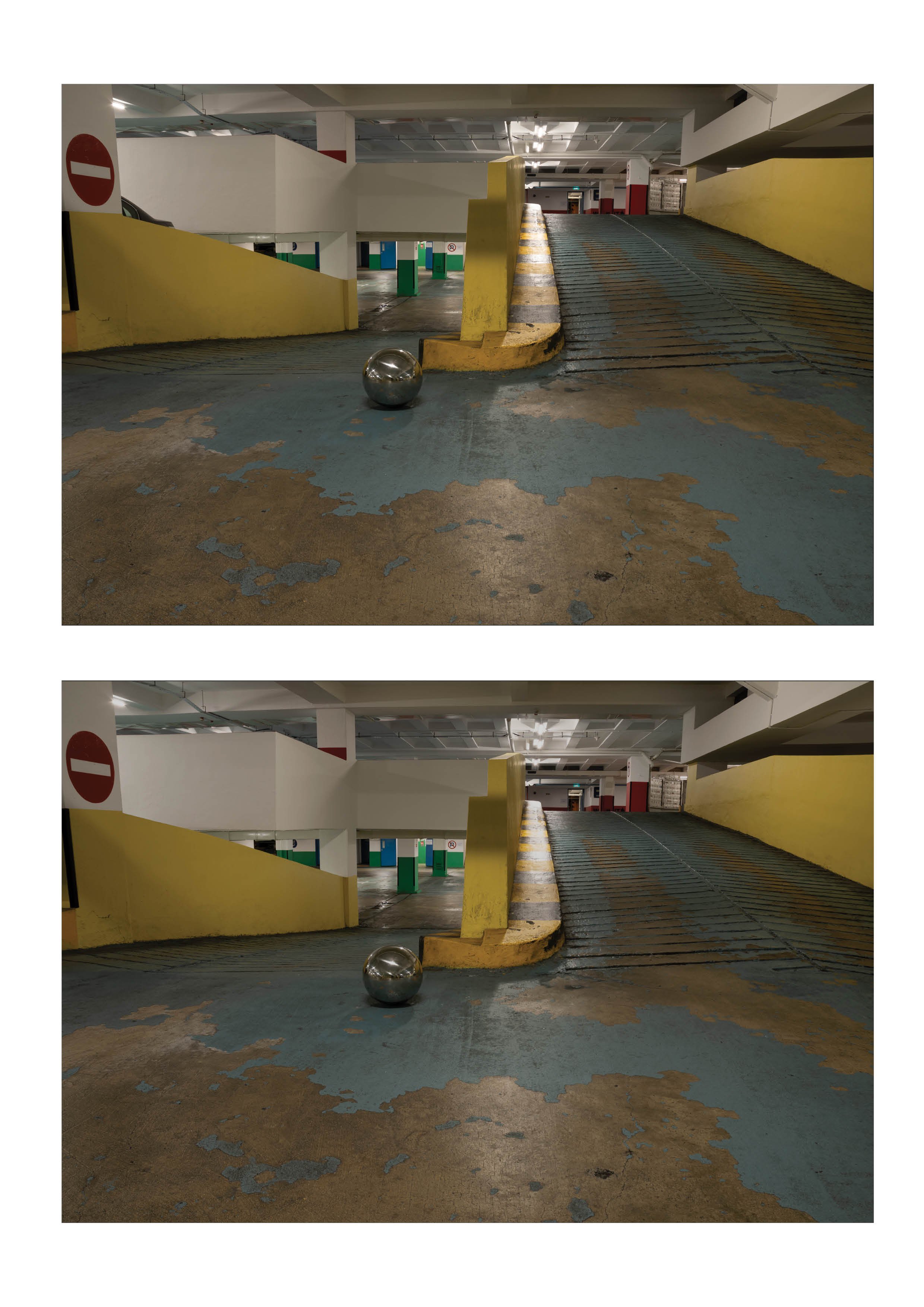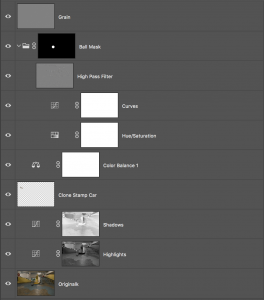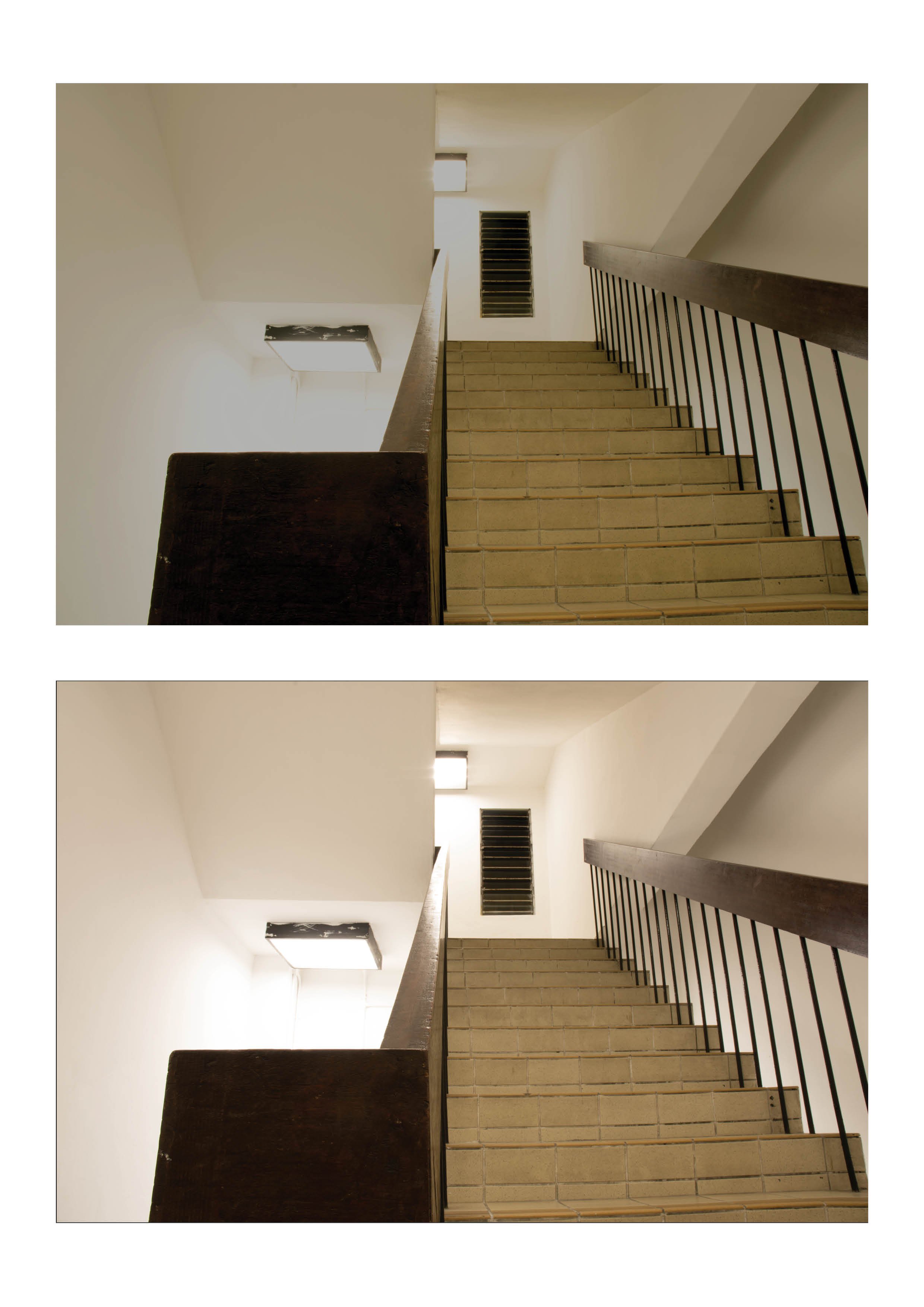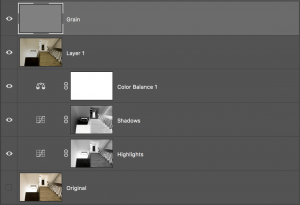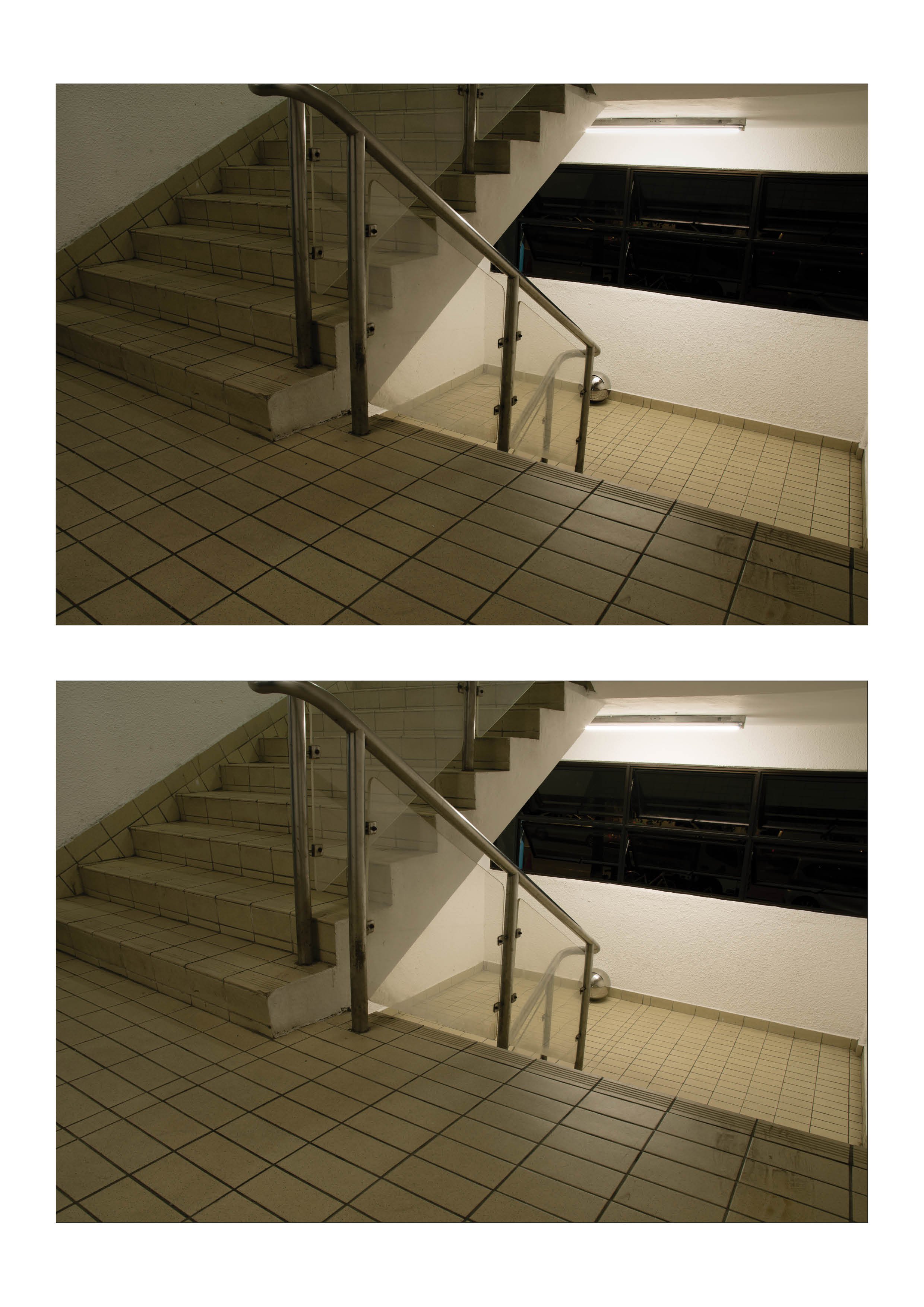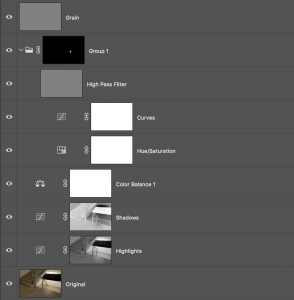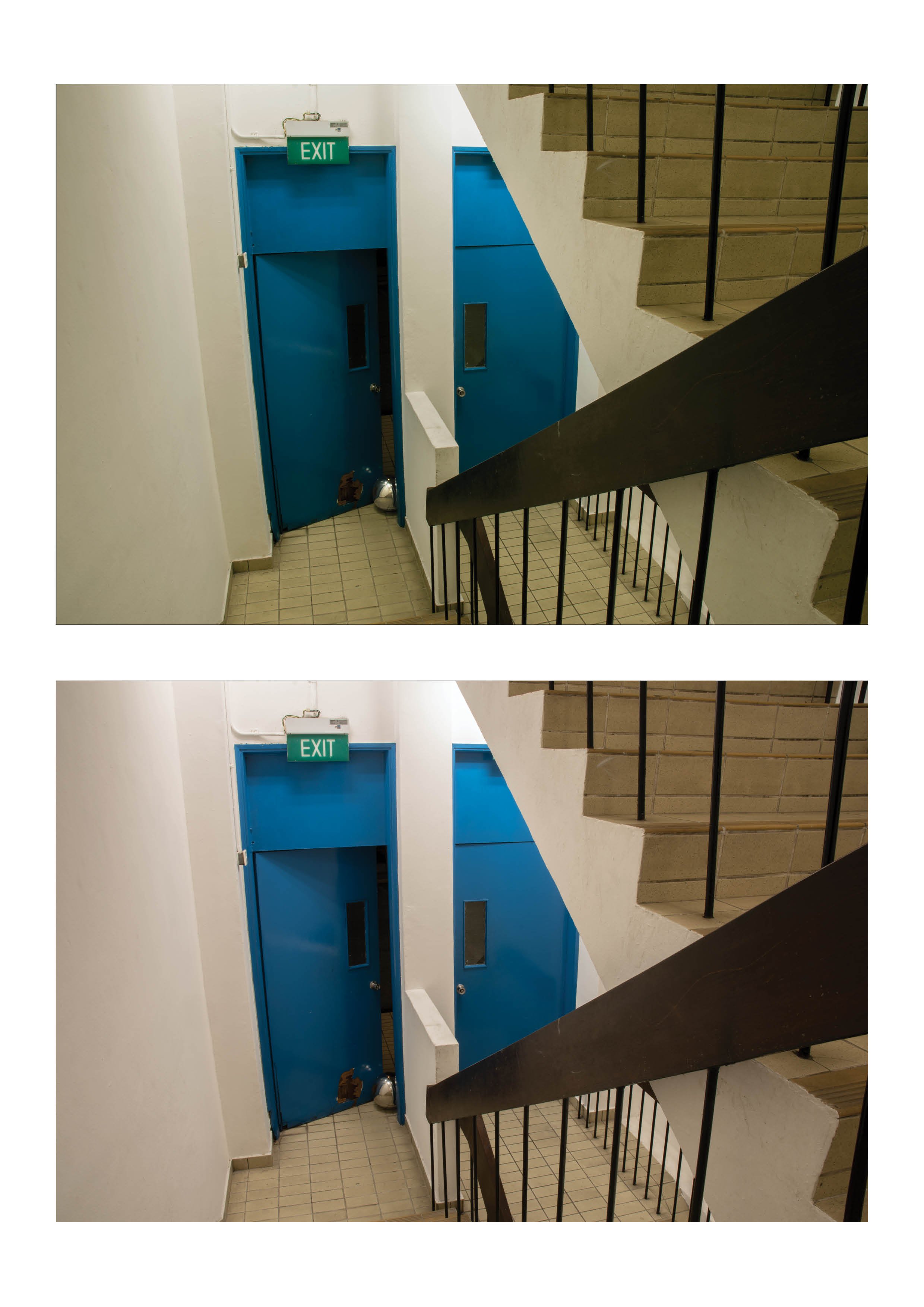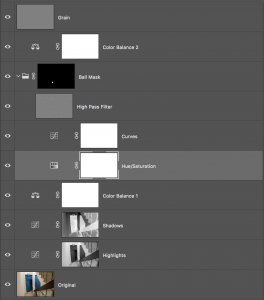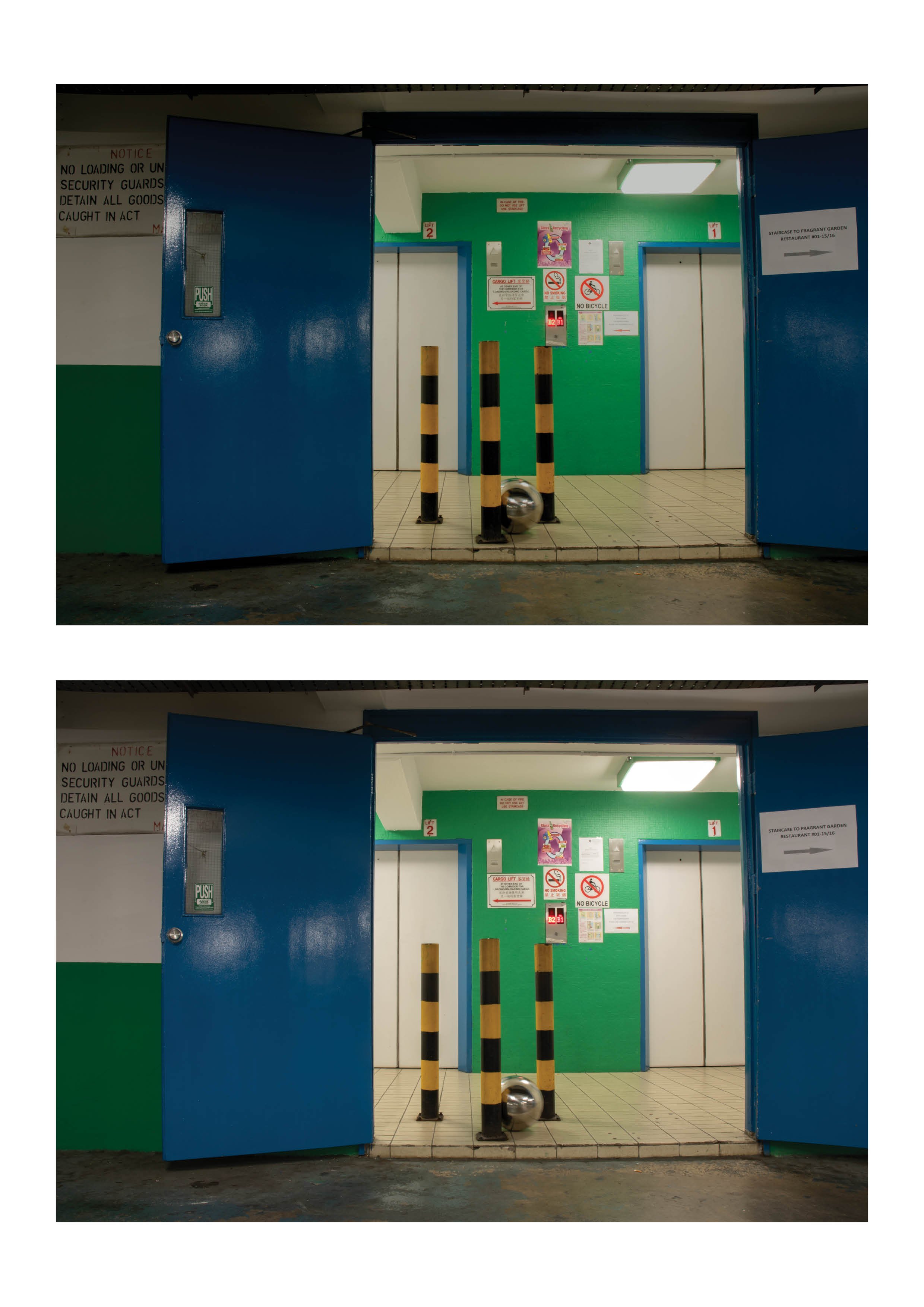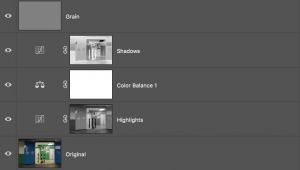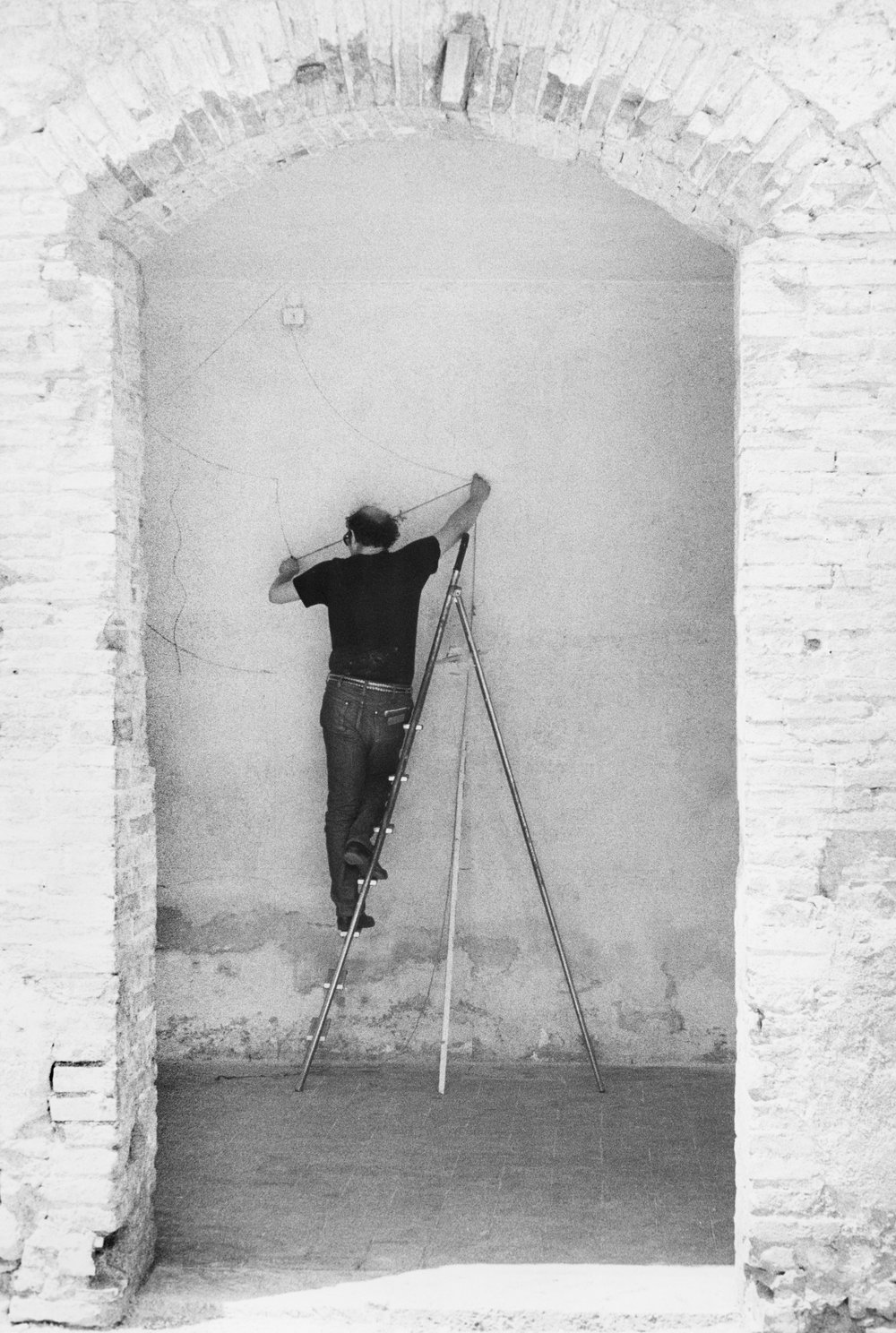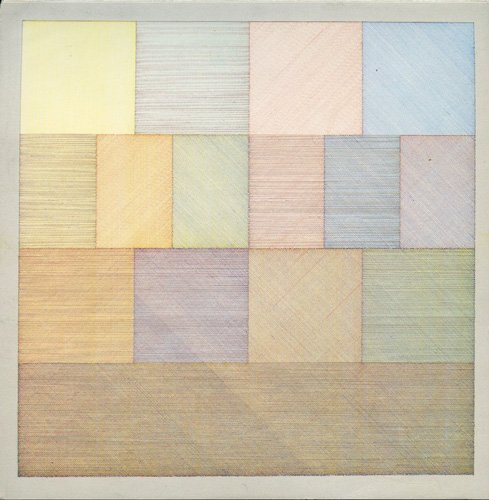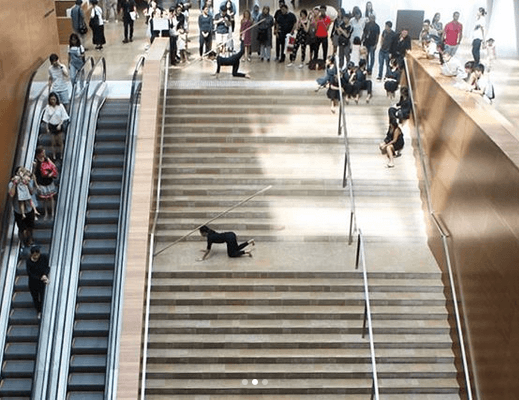TO REACH THE END OF A PROJECT
This point in the reading that may seem very obvious and logical, however we often take it for granted when approaching a project. We assume that all the objectives within that point will be fulfilled as we complete a project but we may miss out crucial planning steps in the process. Listing out the various objectives such as budget, safety, expectations before executing a project allows for clarity when making decisions. The decisions made have to keep all the goals in check before proceeding, preventing irreversible problems that may crop up and snowball in the future.

For a case study, I will be using my recent project as a Technical Support and Artist Assistant for a children play space to highlight how the lack of planning in certain criteria resulted in the respective issues that surfaced. The project was completed but I seem to be constantly going back to fix or check on things, so have I actually reached the end of a project?
TO REACH THE END ERROR FREE

To create a work that is error free begins with working with tools / technology that you have experience and confidence in. Ideally if it’s a service you provide, it should be something within your speciality that you can offer with pride. However, the interactive pieces we designed were developed on the go with allowance to learn while creating the work. Therefore some of the elements are not tried and tested and resulted in longer hours in de-bugging and troubleshooting. This required me to go down on every other week when the space reports an error on when something starts to fall apart. From this I can reflect that reaching the end error free starts with setting boundaries and managing expectations when planning these devices. There is room to try new methods but there should be at least a fail safe if that experiment to extend the experience does not work out technically. With a device that doesn’t function 100% without supervision, it results to man hours being wasted in repairing and debugging that could be invested in other parts of the project. As a result of going ahead and developing the interactive element, there is a high risk of not being able to fulfil the desired product of the overall project.
TO REACH THE END MEETING EVERYONE’S EXPECTATIONS

As the tech support, I had to fulfil the expectations of the artist as well as the project manager. One of the errors on my part was over promising certain interactions when brainstorming and allowing the planning to continue with those proposed elements to be catered for in terms of vision, time and budget. I ended up spending more time trying to fix an element rather than using the stipulated time to create the other pieces. We ended up simplifying certain interactive elements to cater for the ones that had more errors. Although my role was not as a project manager, I have still had expectations from the artist, the manager and my own to meet. Setting boundaries on what’s realistic and executable is extremely important as it sets the baseline on what can be delivered. Additionally, these steps can only be done when there is honest and clear communication between the various members of the team. Being comfortable to raise concerns and needs allows for problems to be attended to immediately and not grow into a severe one further into a project.
The reading emphasises this point with what makes a good project manager. A project manager has the responsibility to understand, respect and respond to the various motivations of each team member. They are also required to be well versed in the profession territory, knowing enough about the nature of work to understand what their team members can do and their limits. The project manager for this space was the coordinator from the venue. She understood her space very well in terms of what the client requires as well as working with the artist and technical team. As this project was sensor and electronic heavy, she had foresight of giving more time for the development knowing that anything with electronics will come with their difficulties. A project manager knows about all the tasks but is not a specialised expert in all of them. She was able to provide resources to me as the technical support when I came across technical walls and bugs. Instead of trying to help solve the issues in my language, she provided solutions to the problem that are outside of tech to create the same end result experience.
